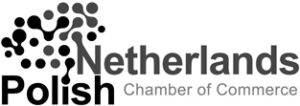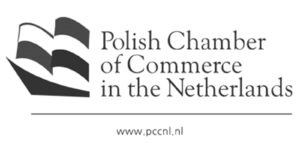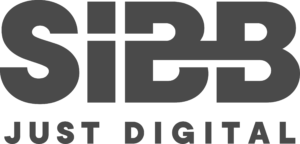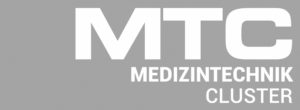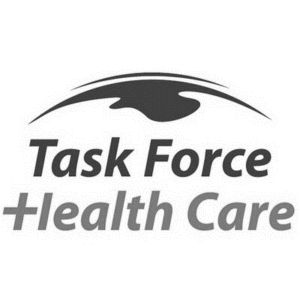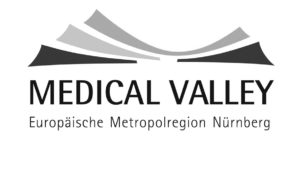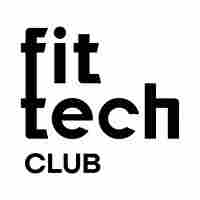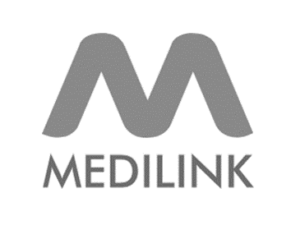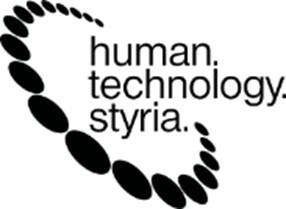As outlined in the previous post in this three-piece series, there are 3 fundamental reasons why many IoT projects fail:
- Lack of a solid IoT Value proposition
- Underestimation of the complexity of IoT projects
- Organizations not ready for the impact of IoT on their employees, processes, IT systems and business models.
However, we believe that each of these elements can be mitigated by implementing the appropriate plans and procedures which we will talk about further here.
We regularly brainstorm with our customers about the additional business value IoT can create. We observe as they dream about the potential for their business.
It is an exciting exercise, but it generally leads to the same complicated outcome, namely setting up a completely new business with new revenue streams.
Whilst IoT can most definitely be utilized in this manner there are simpler business models that can generate substantial additional value in much less time.
In the next two articles, we will look at two distinct categories used to analyze different IoT business value drivers, namely:
- Operational Effectiveness
- Strategic Differentiation
Here I will address how Operational Effectiveness in relation to IoT can aid in improving HealthTech settings.
Operational Effectiveness
Operational effectiveness is one of the core objectives of enterprise and IT governance. Organizations are always seeking to maximize the efficient use of resources in their business operations.
This is understandable as it pertains to quality and productivity across the board, as well as improving competitive positioning in the markets in which they participate.
Operational Effectiveness deals with establishing and extending best operating practices. This includes the continuous validation and execution of those processes after they’ve been prepared and implemented.
IoT is often overlooked when it comes to analyzing Operational Effectiveness. Reasons for this vary, but the likely reason is that people overestimate the complexities.
What we have discovered, however, is Operational Effectiveness in IoT initiatives can be very easy to implement and quick to provide value.
Here are three areas where you can improve your Operational Effectiveness with IoT:
- Optimize Operational Performance
- Improve Risk Management
- Reduce Product- and Service Cost
Optimize Operational Performance
Operational Performance is the process of using real-time data to monitor and manage reporting. The desired result is to increase the operational efficiency of equipment, plants and logistics.
Some other areas Operational Performance can optimize are,
- Asset and material tracking,
- Connected operations intelligence,
- Operations management.
- Real-time health monitoring.
The key to Operational Performance is utilizing real-time data which is supplied by IoT.
“Real time analytics refers to the process of preparing and measuring data as soon as it enters the database. In other words, users get insights or can draw conclusions immediately (or very rapidly after) the data enters their system.”
There are various benefits that come with using real-time data.
- Quicker response times to potential incidents.
Response time in the medical environment is critical to success and failure. According to Safety.com, medical emergency response times across the US range from 5.4 to 11.6 minutes.
In relation to internal operational performance, IoT also has the potential scope to improve elements such as patient tracking and care.
- Ability to stay agile during project implementation.
Project implementation can rise and fall on management agility. If organizations could identify project issues and pivot before failure, they could greatly decrease resource wastage.
- Greater cost efficiencies.
Along similar lines, real-time data can identify potential opportunities for cost-savings.
These each aid in achieving the main objective which is, Operational Effectiveness.
Improved Risk Management
Risk Management has a much higher profile in current management protocols in contrast to operational performance and reducing costs.
We all fear risk in business. Whether the risk is financial, loss of market share, loss of personnel, or something related. It all effects business growth.
Lack of business growth can result in irrelevance. This is where real-time data can show its true strength.
Real-time data can provide businesses with critical information that they can then use to proactively identify and mitigate many of these risks.
Risk Management consists of the following elements, expressed in chronological order:
- Identify potential and imminent threats.
- Assess the vulnerability of critical assets to these threats.
- Determine the risk (i.e. the expected likelihood and consequences of threats on business assets).
- Identify ways to reduce those risks.
- Prioritize risk reduction measures.
By analyzing the above elements with real-time data, a business can then develop a risk register.
A risk register presents these elements in a manner that management can use to measure potential threats.
This register will list things such as identified threats, the likelihood of their occurrence, the cost of risk prevention and any related costs involved if a risk should eventuate.
Overall, the expected likelihood and consequences of risks are reduced.
Real-time data will also provide a better audit trail concerning any compliance risk.
Reduce Product and Service Cost
Reducing product and service costs are always high on the priority list for Healthtech businesses.
Reducing costs can be addressed by implementing proactive procedures and policies. These procedures and policies can help in numerous ways.
One such way is optimizing the service and product development processes.
By utilizing real-time data Healthtech businesses can examine products currently under development and provide a quality analysis that can for instance shorten the product development lifecycle.
The below graph by Jabil illustrates the average product lifecycle for healthcare solutions between 2018 and 2020.
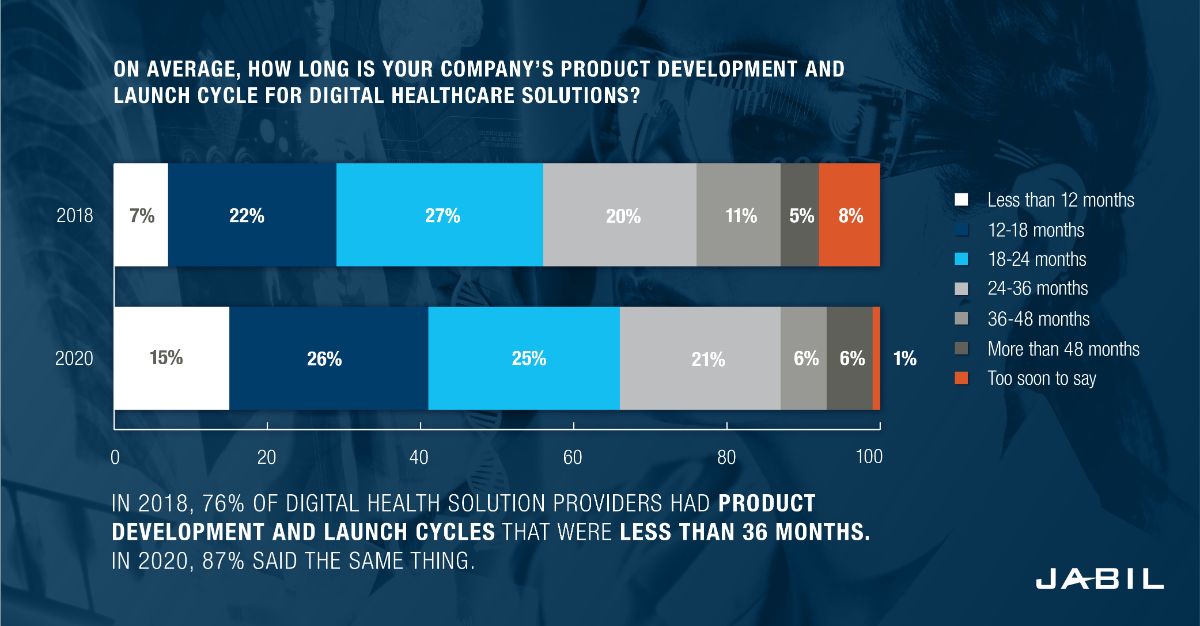
Similarly, the service and support area can utilize real-time data to improve monitoring and diagnostics, condition-based predictive maintenance, and warranty cost management.
It will also aid in validating remote service concepts and facilitating customer self-service.
One such remote service concept was mentioned by Business Insider. They described the concept stating,
“This type of patient care leverages connected devices with IoT sensors to offer providers a continuous stream of real-time health data such as heart rate, blood pressure, and glucose monitoring.”
Conclusion
Within the Healthtech sector, IoT boasts great promise. But it will take numerous policies and procedures to bring about superior results from new innovations.
We believe that value drivers such as operational effectiveness are the answer.
Examining operational effectiveness can give insight into the different opportunities your connected product can provide. This will help in identifying low hanging fruit that your business can benefit from.
By utilizing real-time data provided by connected IoT devices, results can be presented to a potential or existing customer and used to support decisions made by the company’s senior management.

